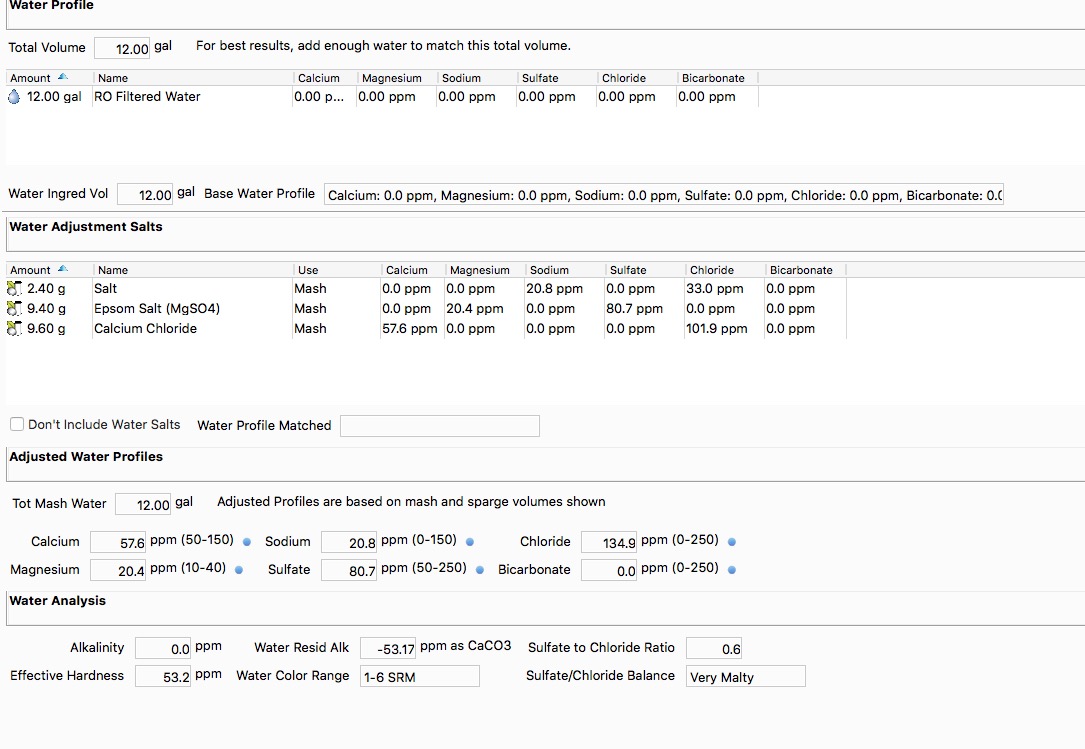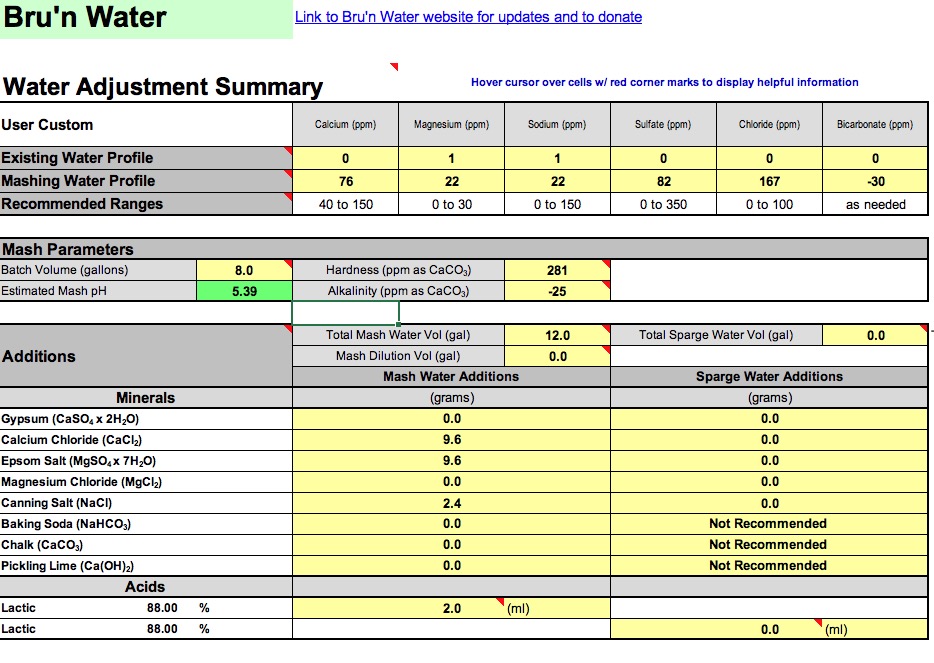L.O.D.O... Y.O.L.O.!!
Don't think I'm sold on the whole idea...I'm a believer of post wort oxidation but before that...I'm skeptical...
http://brulosophy.com/2017/04/10/th...ow-oxygen-brewing-method-exbeeriment-results/
While yielding a difference...it seemed the majority found it undesirable
Yeah...I don’t practice it but have read up on it a little.
I like Bitburger a lot and they are LODO. But that’s the only LODO beer I know of that I’ve had. It certainly stands out compared to domestic Pilsners I’ve had.





























![Craft A Brew - Safale S-04 Dry Yeast - Fermentis - English Ale Dry Yeast - For English and American Ales and Hard Apple Ciders - Ingredients for Home Brewing - Beer Making Supplies - [1 Pack]](https://m.media-amazon.com/images/I/41fVGNh6JfL._SL500_.jpg)





























